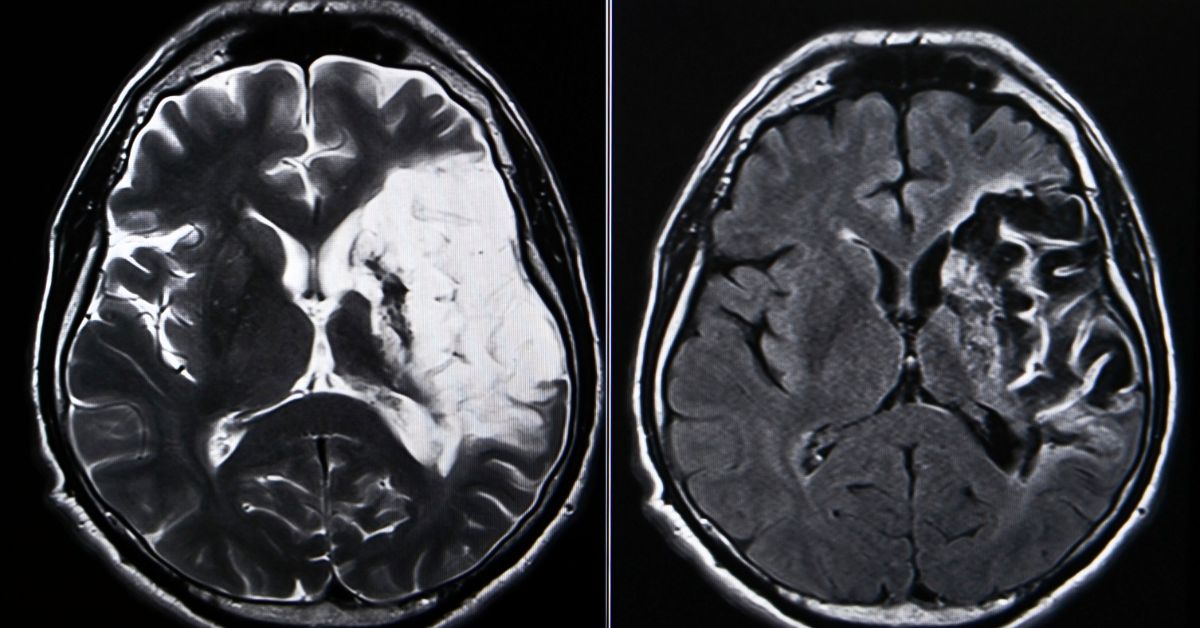While both the risk factors and symptoms of ischemic stroke differ between men and women, studies are coming to the conclusion that treatment should also differ according to the patient's gender.
Until a few years ago, it was common to associate that the highest level of death from ischemic stroke was in the male population, since this section of society has a higher rate of death from other cardiovascular problems because it has a higher rate of smoking and a sedentary lifestyle, the main risk factors for diseases of this type.
However, it was discovered that the rate of women with this problem is increasing and the data is equalized, because of their specific risk factors, such as the use of oral contraceptives, which can increase the chance of having a stroke by up to 6 times, and notobesity, contrary to what some people believed.
This data is essential to encourage further studies in the area, both to understand the differences between the genders and the incidence, risk factors and even therapies so that professionals can make the best decisions.
Check out this article on the differences between treatments for men and women affected by ischemic stroke, read on.
Ischemic stroke acts differently in women
According to a study based on the Northwest German Stroke Registry from 2000 to 2018, ischemic stroke acts differently in men and women around the world, confirming various suspicions.
The research took into account the patients' condition on admission to hospital, recanalization treatment, as well as other initial results of this problem.
Results
The results indicate that women have greater difficulties and disabilities (in the functional assessment using the Rankin scale) on admission to hospital, as well as a greater need for intravenous treatment.
However, they evolved positively and had lower in-hospital mortality, as well as a better functional outcome.
In addition, no changes were noted in either gender with treatment with intravenous thrombolysis.
Overview of stroke in the world and its differences between genders
According to this study, there is good news in this panorama: the incidence, mortality and prevalence of stroke is decreasing around the world.
However, there is one risk factor that cannot be avoided, which is advanced age, and the more elderly people there are on the planet, the higher the stroke rate will be.
It was also noticed that women in the older age groups have a disproportionate mortality rate compared to men, i.e. they die more often, in order to motivate medicine worldwide to improve treatment approaches for this section of society, as well as to better understand the differences between the sexes in this disease.
Conclusions of the German study
Despite presenting very interesting comparisons of hospital admission status, recanalization treatment and initial outcomes after stroke in relation to the sex of the patients, this German study also shows that there may be socio-economic issues involved.
This means that scholars and the medical and scientific community must continue to research these differences in other types of approaches, in order to be able to create reference guidelines for the treatment of people with strokes according to their gender.
Doctors already knew that strokes have different symptoms and affect the health of women and men in different ways, so it was essential to continue to delve into the subject.
As the intention of this specific study was to understand the differences in these 3 aspects mentioned above (admission, recanalization and first results), it is considered a success, as it was able to prove the differences over these 18 years of research.
After this article, take the opportunity to keep up to date with the results of other studies and read about the consequences of electronic cigarettes for the heart.



